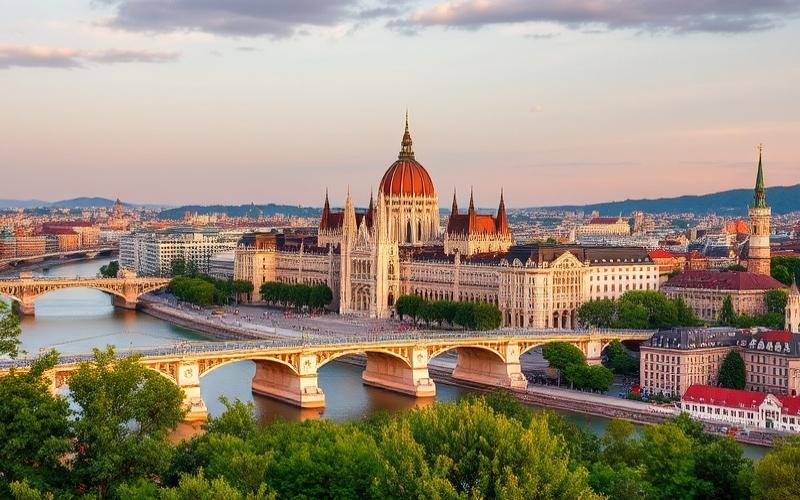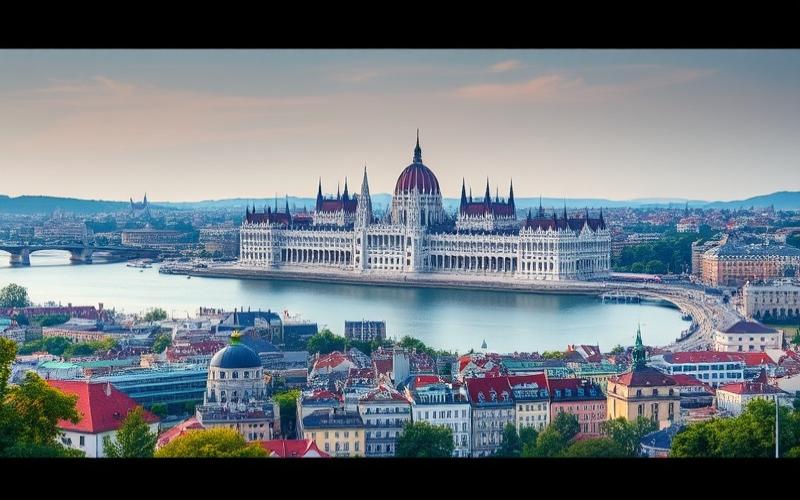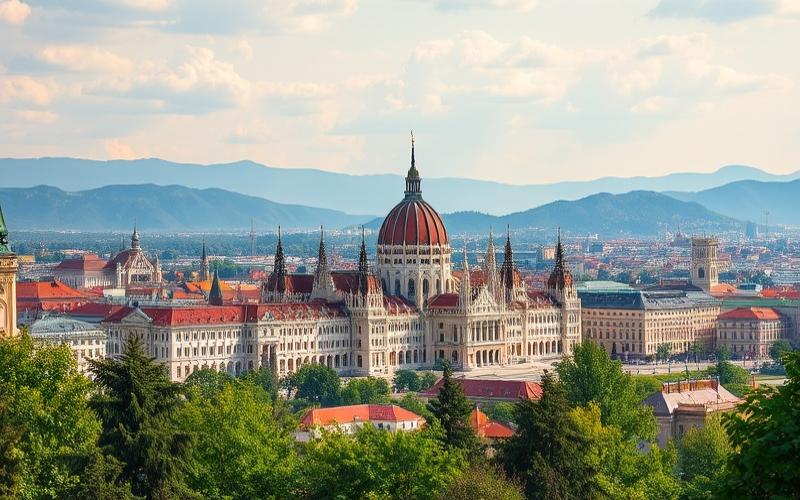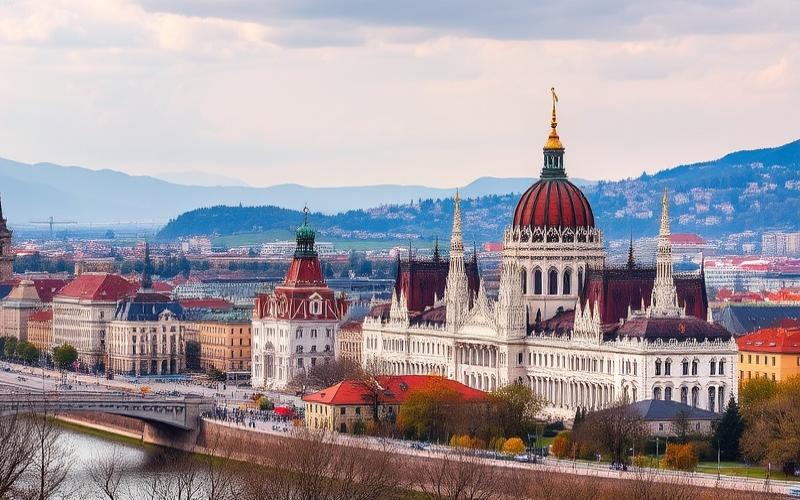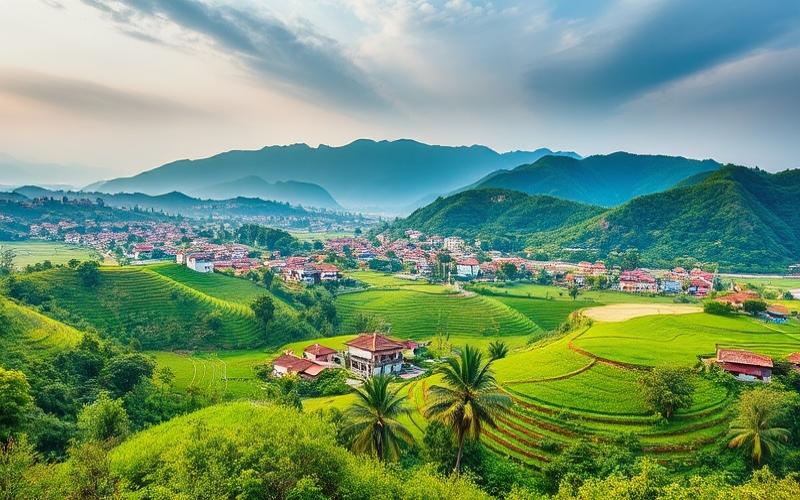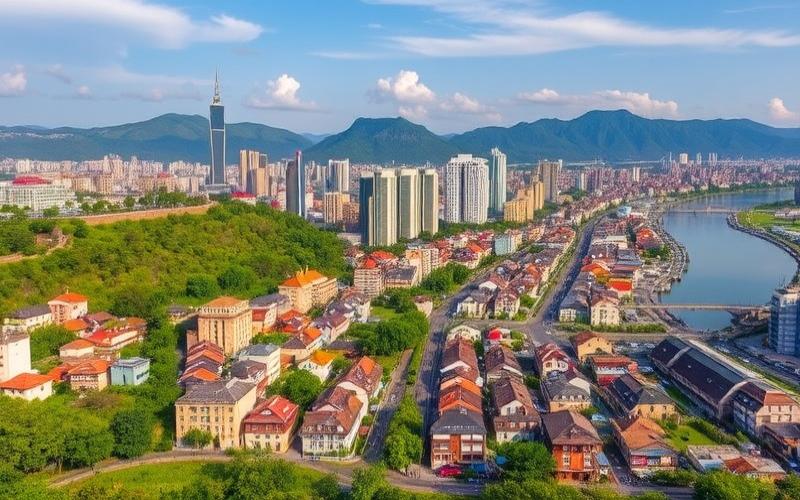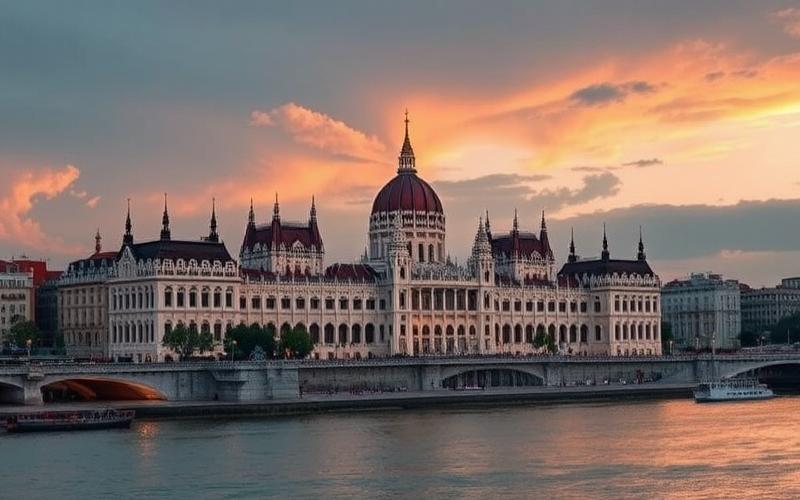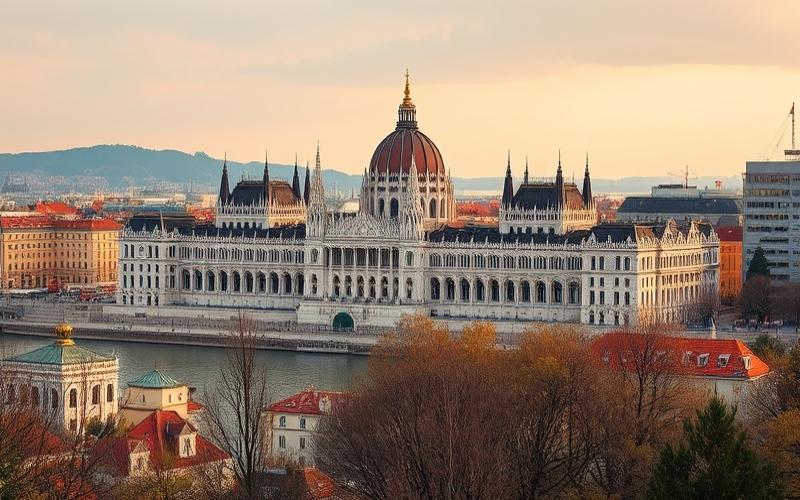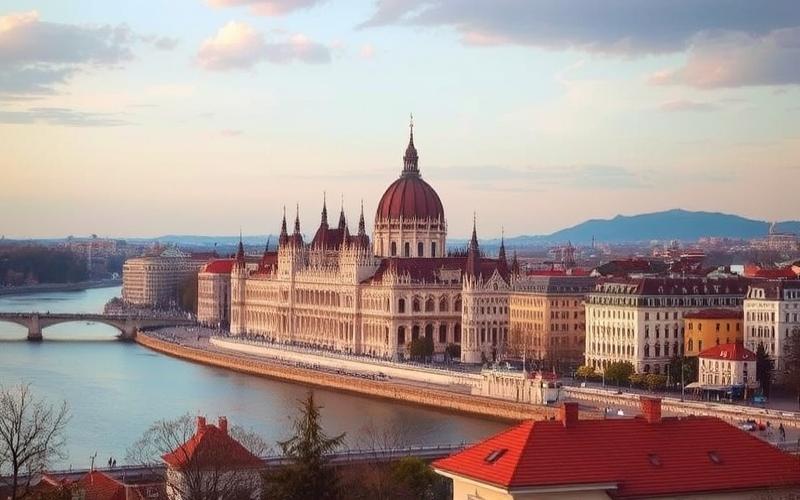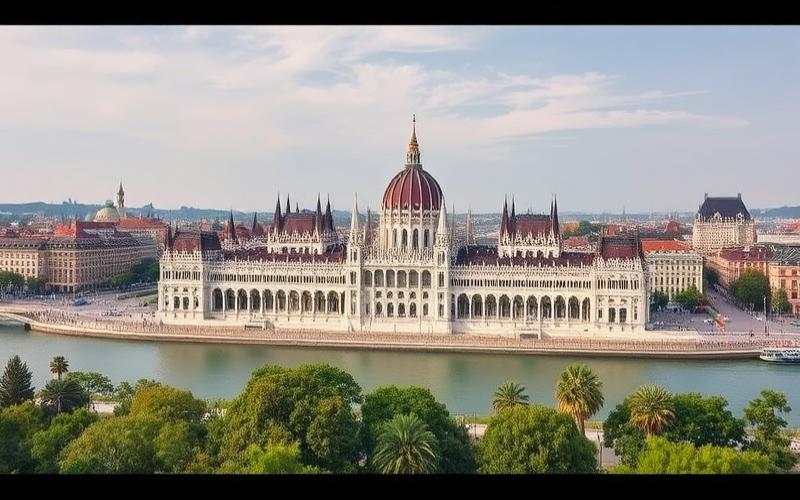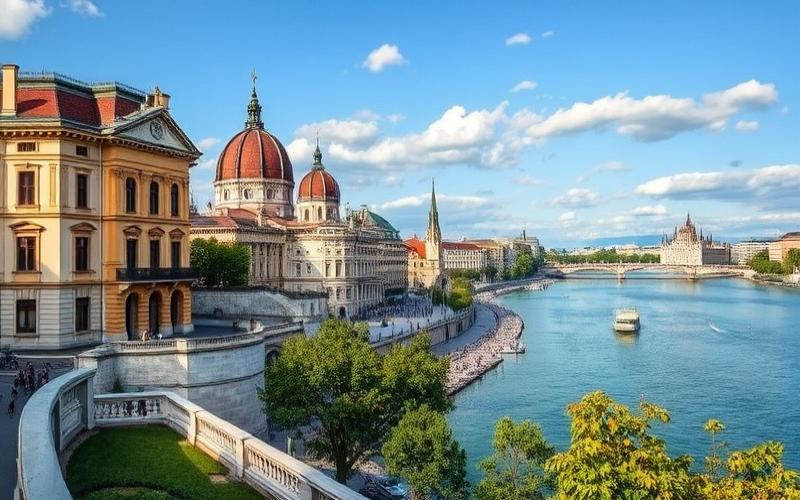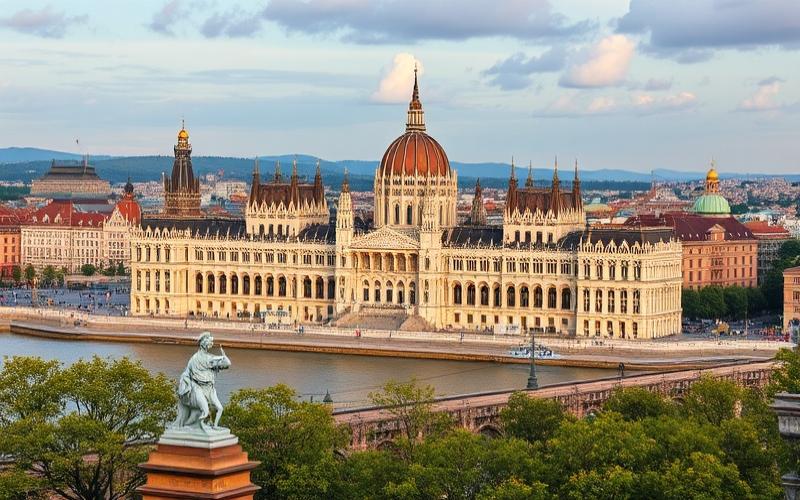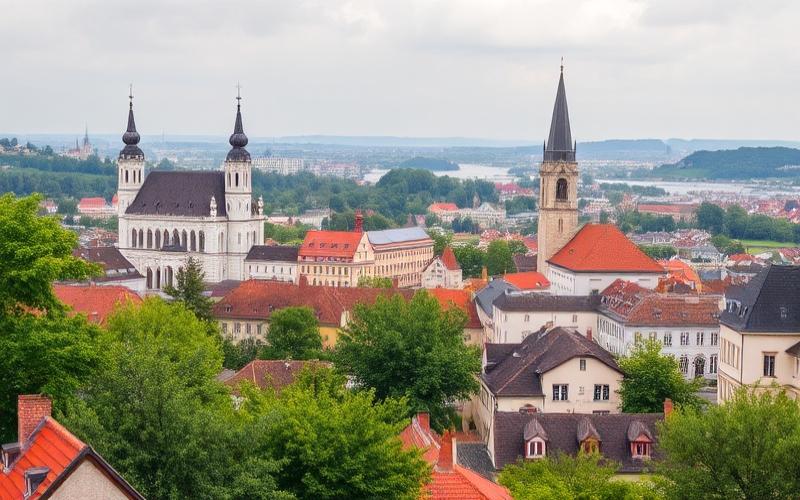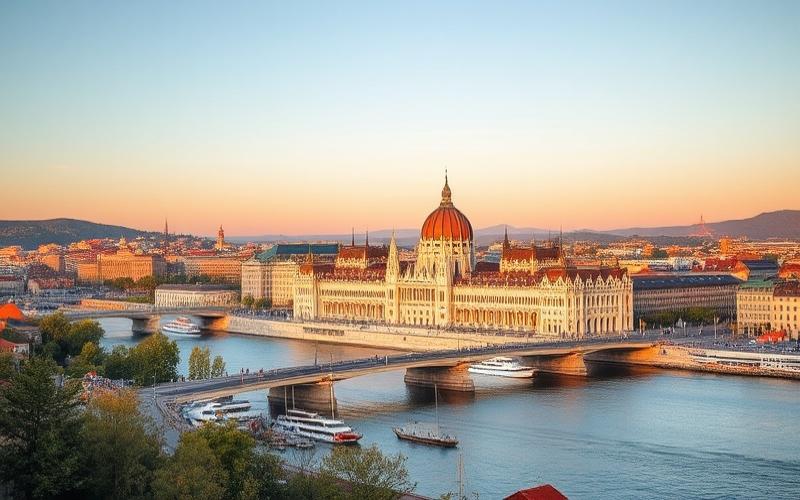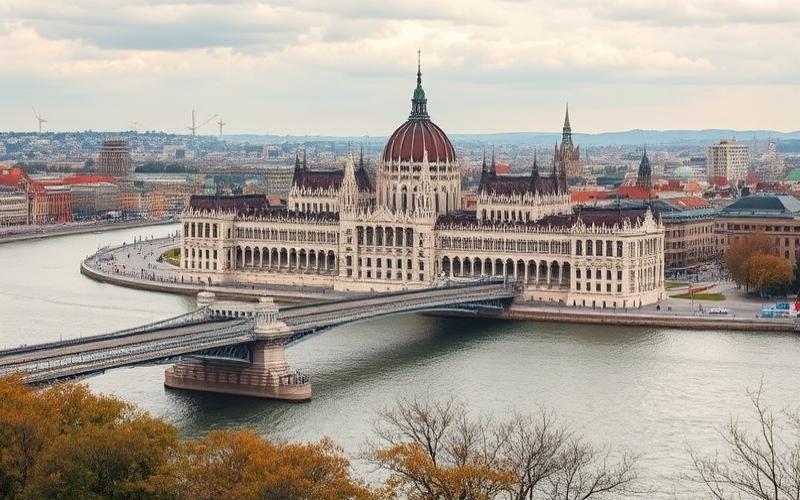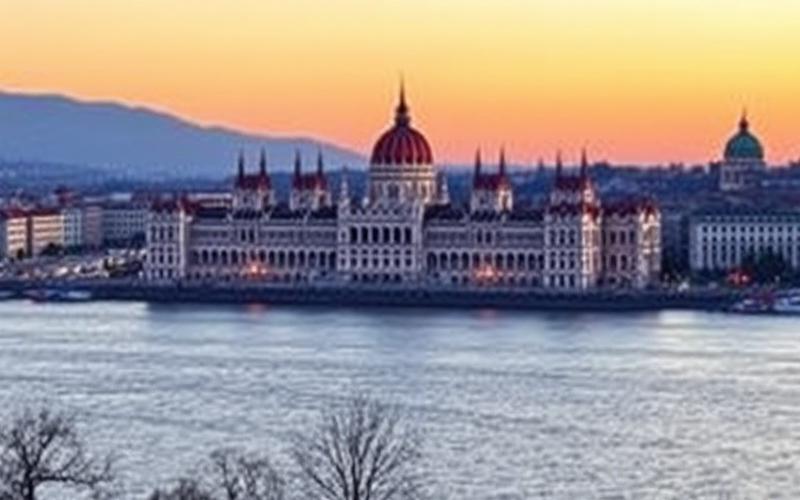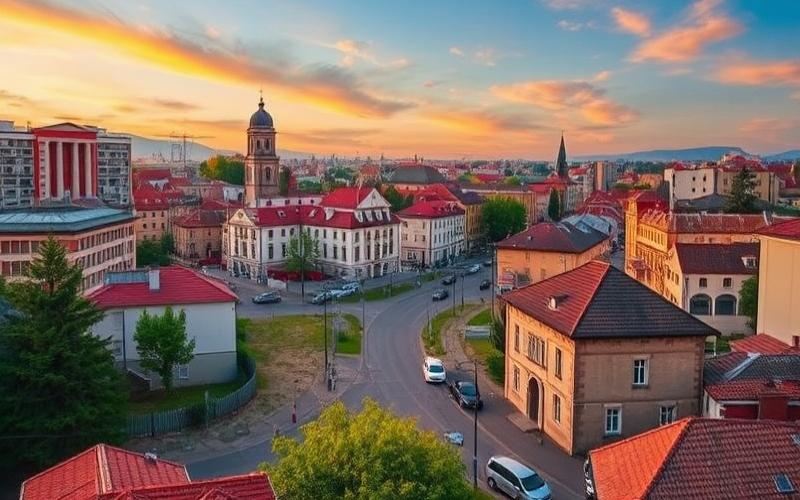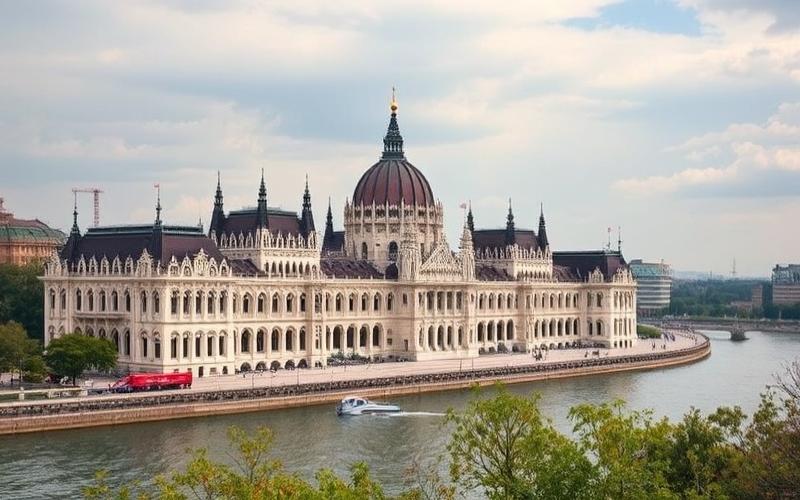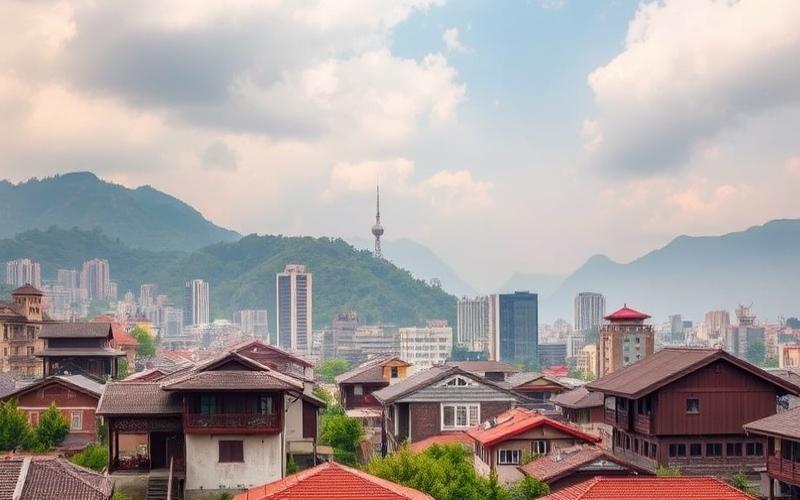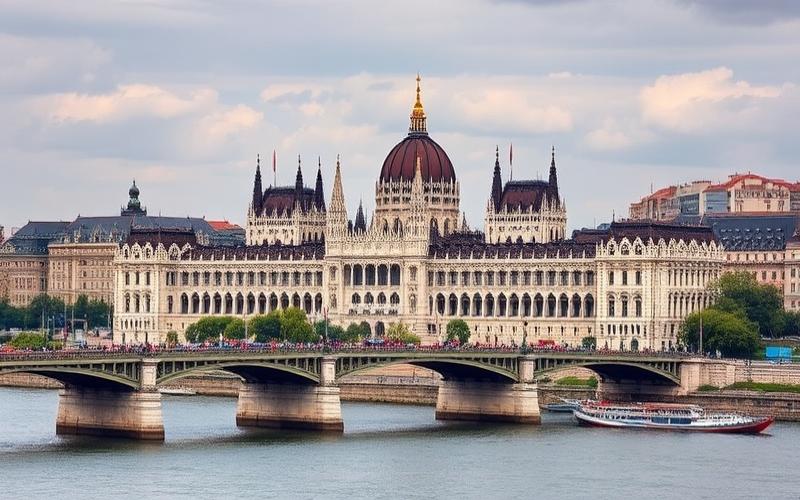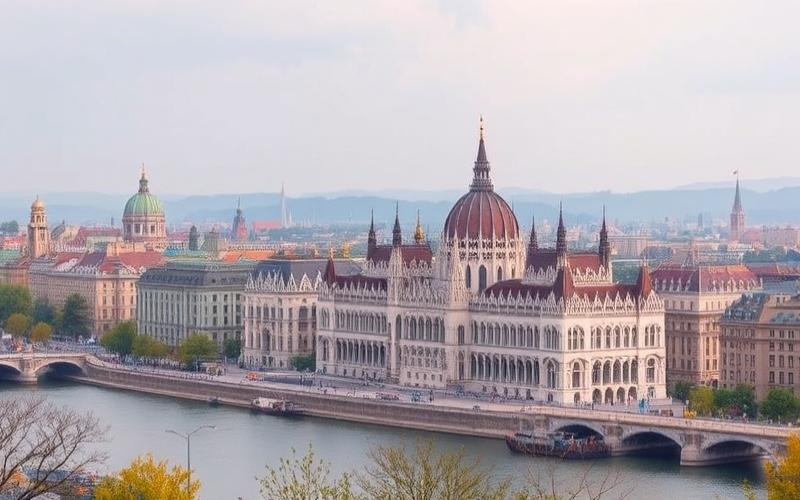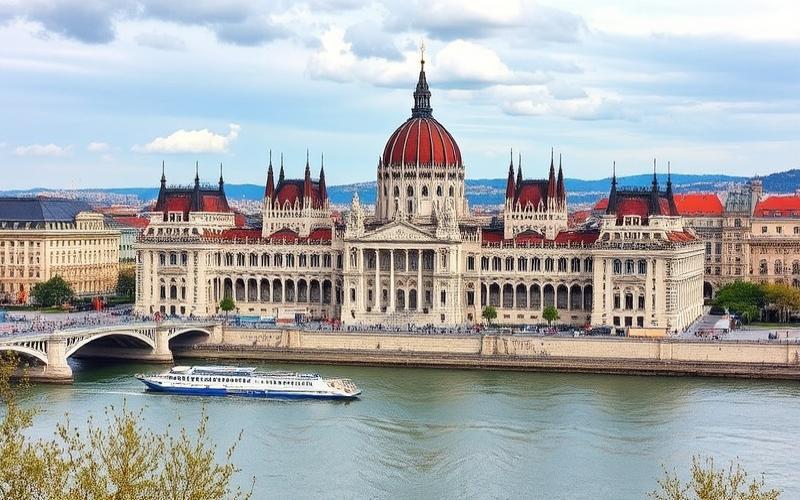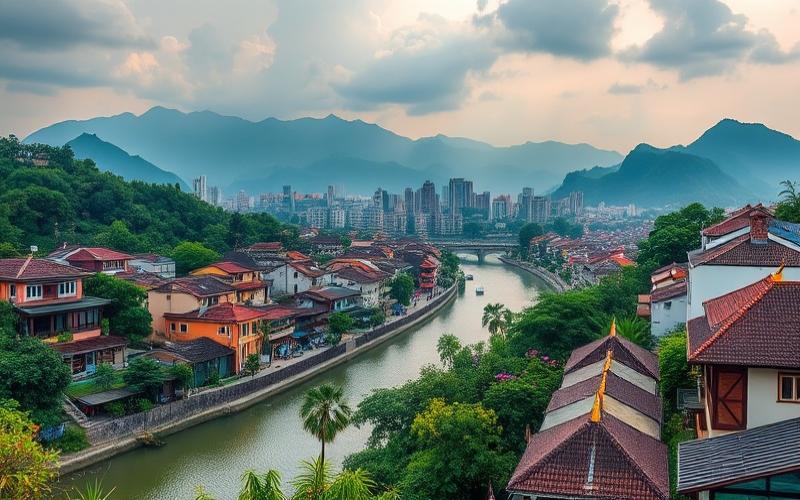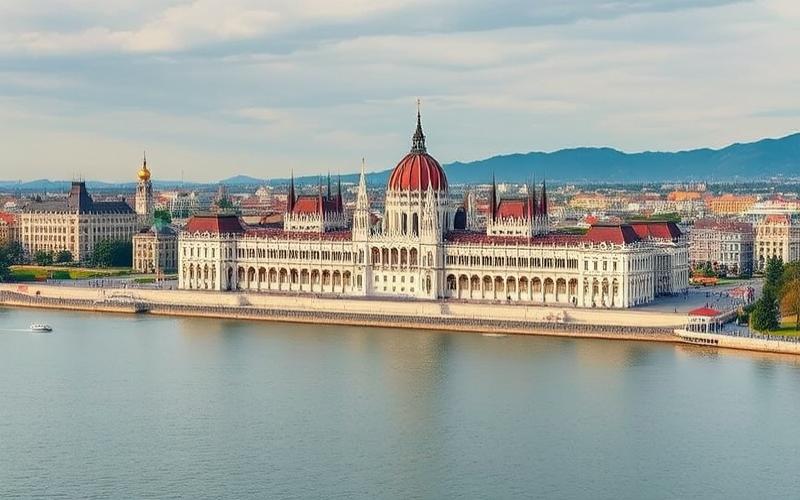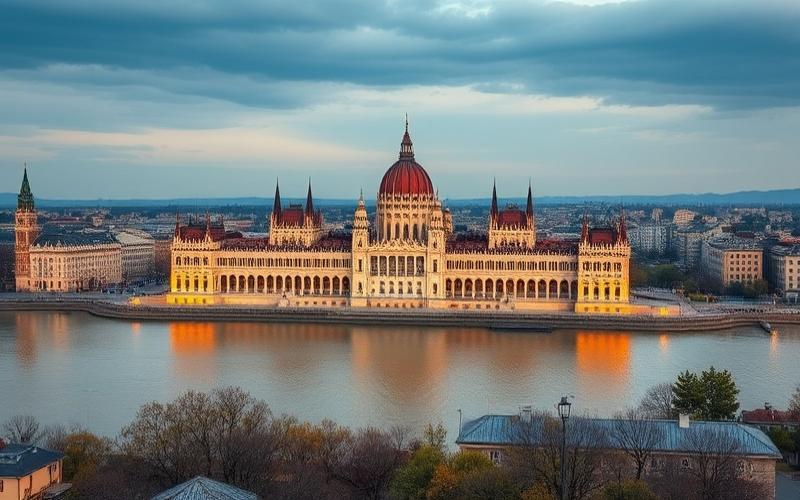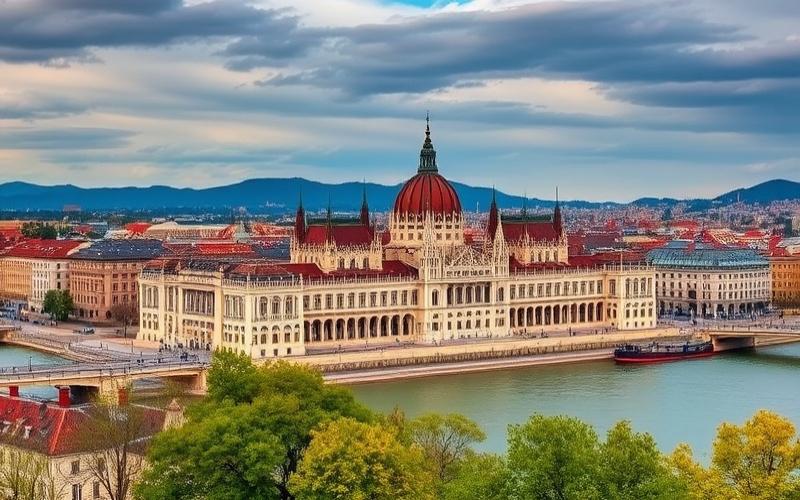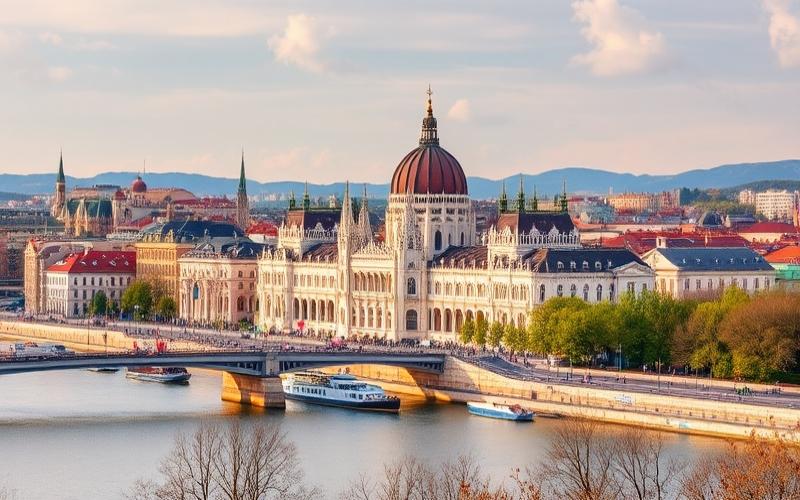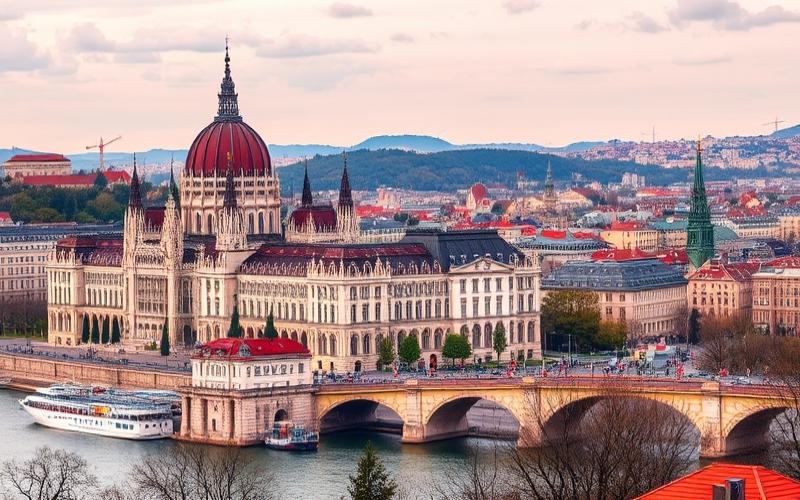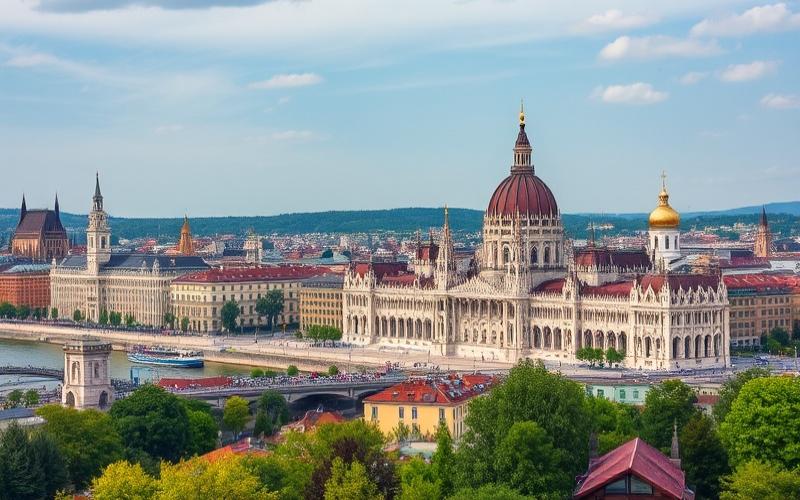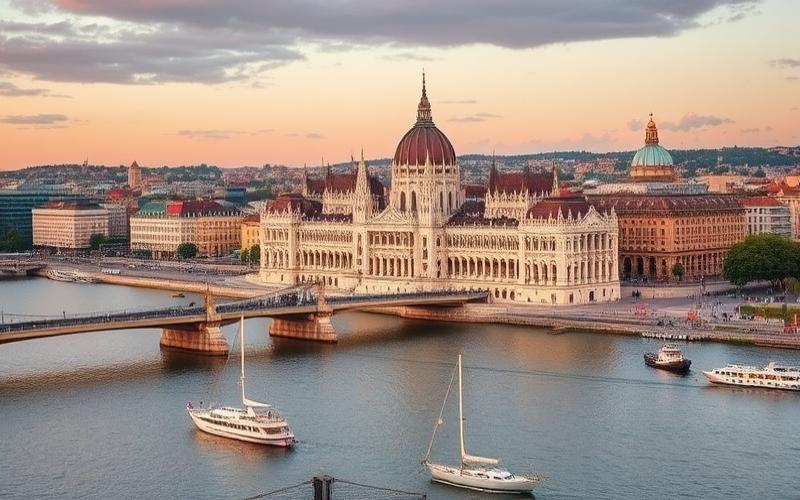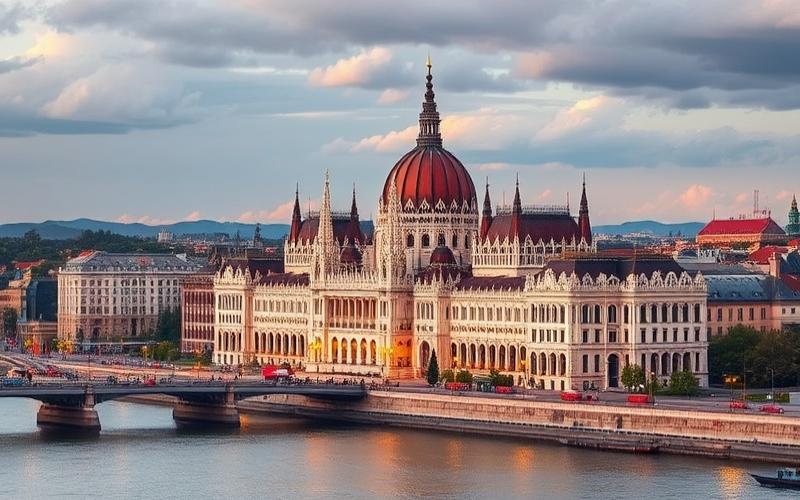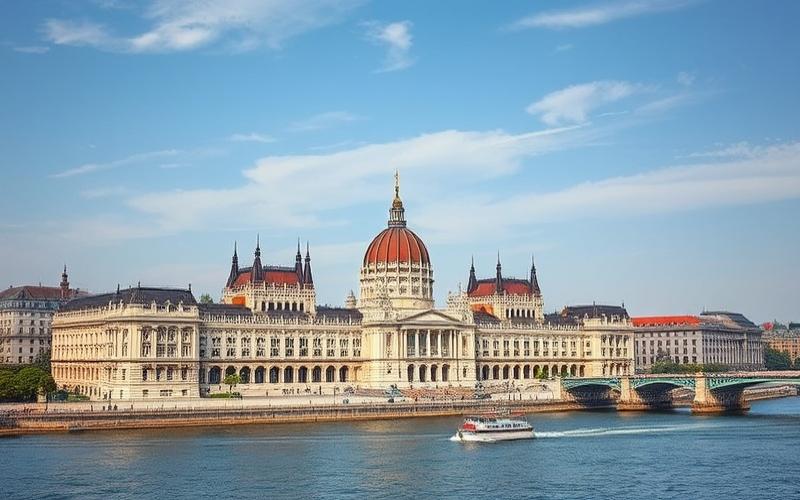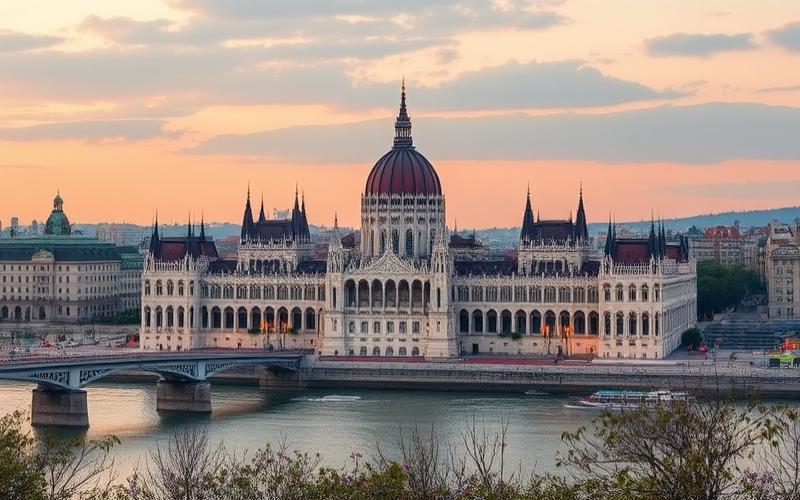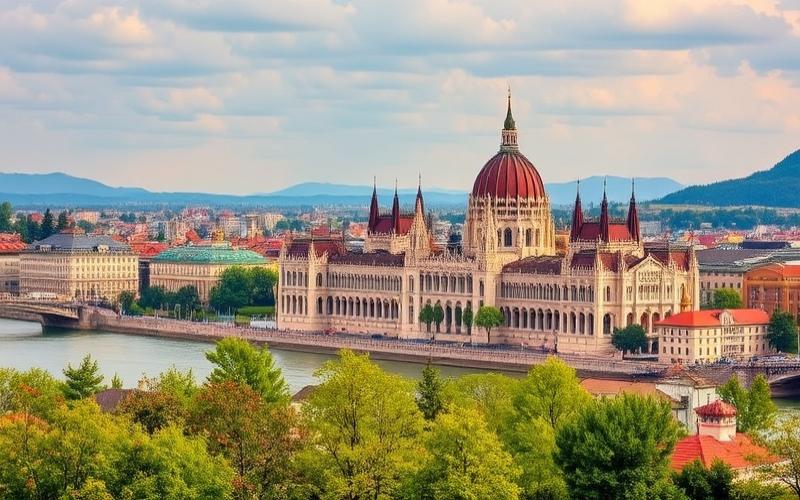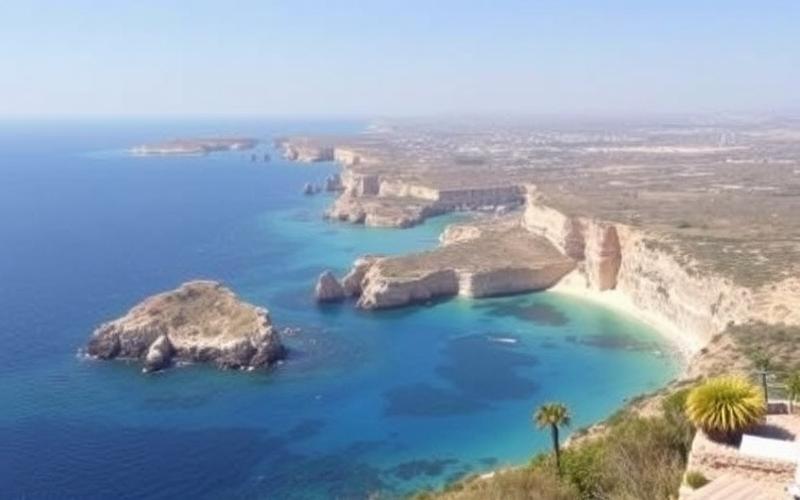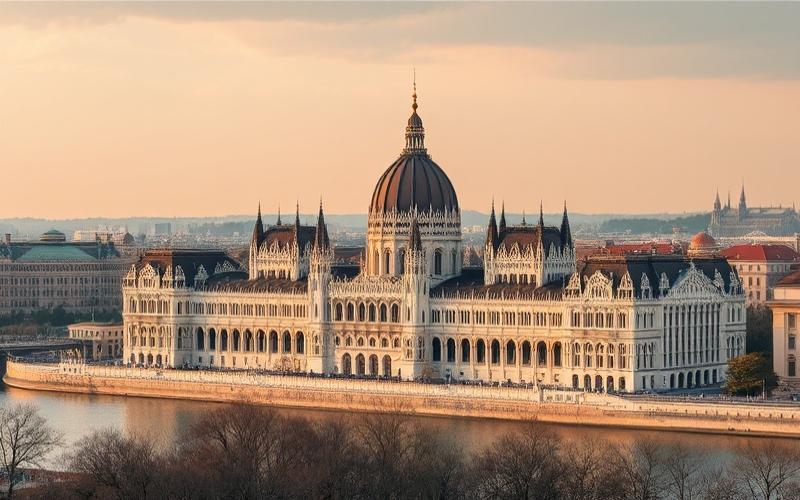
 Published on and written by Cyril Jarnias
Published on and written by Cyril Jarnias
Tourism plays a crucial role in Hungary’s economy and exerts considerable influence on the country’s real estate market. With its magnificent landscapes, rich cultural heritage, and unique attractions, Hungary attracts millions of visitors each year, creating growing demand for properties in tourist areas. Let’s examine in detail how tourism shapes the Hungarian real estate landscape and what opportunities this represents for investors.
Budapest: Tourist Gem and Real Estate Goldmine
Budapest, the Hungarian capital, is undoubtedly the beating heart of tourism in the country. This historic city, traversed by the majestic Danube, attracts a large portion of foreign visitors by itself. Its unique charm, blending Austro-Hungarian architecture, famous thermal baths, and vibrant nightlife, makes it a prime destination for tourists from around the world.
Budapest’s tourist appeal has a direct impact on its real estate market. The central districts of Pest, particularly the 5th, 6th, and 7th districts, are especially sought after by foreign investors. These areas are filled with apartments in historic buildings, perfect for short-term rentals or long-term rental investments.
The Castle District in Buda, with its breathtaking views of the Danube and Parliament, is also highly sought after. Properties in this area can command high prices but offer interesting yield potential thanks to consistent tourist demand.
Budapest’s real estate market has experienced significant growth in recent years, largely due to tourism. Property prices in the city center have increased steadily, offering opportunities for capital appreciation for savvy investors.
Good to Know:
Apartments located near major tourist sites like Fisherman’s Bastion, Parliament, or Heroes’ Square benefit from strong rental demand, both for short-term rentals and longer stays.
Lake Balaton: The Booming Hungarian Riviera
Nicknamed the “Hungarian Sea,” Lake Balaton is the country’s second most popular tourist destination after Budapest. This vast freshwater lake, bordered by charming resort towns, attracts millions of visitors each year, both Hungarian and foreign.
The tourist enthusiasm for Lake Balaton has significantly stimulated the region’s real estate market. Towns like Siófok, Balatonfüred, or Keszthely have seen their property prices skyrocket in recent years. Vacation homes, apartments with lake views, and properties that can be converted into guesthouses are particularly in demand.
The real estate market around Lake Balaton offers interesting diversity for investors. You can find both modern apartments in recent complexes and traditional houses needing renovation. Rental demand is strong during the summer high season, offering attractive yield possibilities for property owners.
Improved infrastructure in the region, particularly road modernization and railway line extensions, has also contributed to Lake Balaton’s real estate appeal. These developments facilitate access to the region from Budapest and other major cities, thereby increasing its tourism and real estate potential.
Good to Know:
Properties located on the lake’s northern shore, known for being quieter and more picturesque, tend to better maintain their value and attract a more upscale clientele.
Eger and Tokaj: The Wine Charm That Attracts Investors
Hungary is also renowned for its wine regions, with the most famous being Eger and Tokaj. These destinations attract a growing number of wine tourists, which has a significant impact on the local real estate market.
In Eger, famous for its “Bull’s Blood” red wine and impressive castle, the real estate market is experiencing renewed interest. Traditional houses in the historic city center, often equipped with wine cellars, are particularly prized by investors. These properties offer interesting potential for creating bed and breakfasts or small boutique hotels, thus meeting the growing demand for authentic accommodations.
The Tokaj region, a UNESCO World Heritage site for its historic wine landscape, also attracts real estate investors. Old winemakers’ houses, wine estates, and rural properties needing renovation constitute unique opportunities for those wishing to combine real estate investment with a passion for wine.
The rise of wine tourism in these regions has led to a moderate but steady increase in property prices. However, prices generally remain more affordable than in the capital or around Lake Balaton, thus offering interesting growth potential in the medium and long term.
Good to Know:
Properties with wine cellars or vineyard plots are particularly sought after and can offer opportunities for additional income through wine production or sales.
The Short-Term Rental Boom: A Windfall for Investors
The tourism boom in Hungary has significantly stimulated the short-term rental market, particularly in Budapest. The Airbnb platform has experienced meteoric success in the Hungarian capital, transforming numerous apartments into lucrative tourist accommodations.
This trend has had a significant impact on the real estate market, especially in Budapest’s central districts. Investors, attracted by the potentially high yields from short-term rentals, have massively invested in purchasing and renovating apartments intended for this market.
However, it’s important to note that the Budapest municipality recently introduced restrictions on Airbnb-type rentals to preserve the balance of the local rental market. These new regulations limit rental duration to 120 days per year for individuals and impose stricter conditions for professional rentals.
Despite these restrictions, the short-term rental market remains attractive to investors, particularly for those who own entire buildings or can obtain the necessary permits for professional operation.
Good to Know:
Apartments located in renovated historic buildings, combining old-world charm and modern comfort, are particularly appreciated by tourists and can generate above-average rental income.
Tourism’s Impact on Property Prices: A Steady Increase
The influx of tourists and growing interest from foreign investors have had a significant impact on property prices in Hungary, particularly in popular tourist areas.
In Budapest, prices have seen a spectacular increase in recent years. According to recent data, apartment prices in the city center have increased by over 50% between 2015 and 2022. This rise has been particularly marked in tourist-favored districts like the 5th, 6th, and 7th districts.
Around Lake Balaton, the trend is similar. Property prices in popular resort towns like Siófok or Balatonfüred have seen significant increases, sometimes exceeding 30% over the past five years.
In wine regions like Eger and Tokaj, although less spectacular, the price increase is also notable. Growing interest in wine tourism has led to steady appreciation of real estate, particularly for character properties or those offering potential for tourist accommodation.
It’s important to note that despite these increases, property prices in Hungary remain relatively affordable compared to other European tourist destinations. This situation still offers interesting opportunities for foreign investors, particularly in terms of capital appreciation potential.
Good to Know:
Budapest’s developing districts, like the 8th or 9th districts, still offer investment opportunities at more affordable prices, with significant growth potential in the medium term.
Future Prospects: A Real Estate Market Driven by Tourism
The future of the Hungarian real estate market seems closely linked to the evolution of the tourism sector. Despite challenges posed by the recent pandemic, experts remain optimistic about long-term prospects.
The Hungarian government has made tourism a national priority, with significant investments in infrastructure and international promotion of the country. This strategy should continue to support the growth of the tourism sector and, by extension, the real estate market in the coming years.
In Budapest, despite restrictions on short-term rentals, demand for quality real estate in the city center should remain strong. Investors are increasingly turning to medium-term rental models or apart-hotel concepts to adapt to new regulations while benefiting from the city’s tourism potential.
Lake Balaton and wine regions should continue to attract investors, particularly those interested in vacation homes or larger-scale tourism development projects. Growing interest in sustainable tourism and ecotourism could open new opportunities in these regions.
However, investors must remain vigilant about regulatory and tax developments. The Hungarian government recently introduced measures to better regulate foreign real estate investments, particularly in rural areas. A good understanding of the local legal and tax framework is therefore essential for successful real estate investment in Hungary.
Good to Know:
Investors who focus on real estate projects incorporating sustainability and environmental respect aspects could benefit from a competitive advantage in the coming years, given the growing importance of these criteria for tourists.
In conclusion, the Hungarian real estate market, driven by a dynamic tourism sector, offers numerous opportunities for savvy investors. Whether in Budapest, around Lake Balaton, or in wine regions, the diversity of options and growth potential remain attractive. However, as with any foreign real estate investment, thorough analysis of the local market and professional guidance are essential to maximize chances of success.
Disclaimer: The information provided on this website is for informational purposes only and does not constitute financial, legal, or professional advice. We encourage you to consult qualified experts before making any investment, real estate, or expatriation decisions. Although we strive to maintain up-to-date and accurate information, we do not guarantee the completeness, accuracy, or timeliness of the proposed content. As investment and expatriation involve risks, we disclaim any liability for potential losses or damages arising from the use of this site. Your use of this site confirms your acceptance of these terms and your understanding of the associated risks.



